Environmental Engineering Reference
In-Depth Information
solubilization, and partitioning by surfactant monomers and micelles accounts for
the enhancement, while the direct interaction of microbial cells with these would
modify the function of cell membrane and enzymes, leading to the inhibition. Allen
et al. (1999) reported the inhibition of PAH biodegradation by Triton X-100 would
originate from some disruption of the cell membrane of microbes as no change of
the dioxygenase activity was detected
in vitro
. Effects of surfactants are known to
be highly dependent not only on the physicochemical properties such as MSR relat-
ing to their chemical structures but also concentration below or above cmc. As an
example of the former factor, the more hydrophobic Tween surfactants made the
biodegradation of phenanthrene by
Mycobacterium
sp. more rapid (Guerin and
Jones 1988). There are several possible processes in uptake of a chemical by
microbes (Fig. 10). A water-soluble chemical can be directly taken up [step (a),
Fig. 10] but a less soluble chemical would be solubilized by a surfactant monomer
or micelle, followed by the transfer to microbial cells [steps (e) and (f)], as well as
their modification of the cell membrane and the enhanced attachment of cells to
solid surfaces [steps (b) and (c)]. In the presence of soil, the effect of surfactant on
soil structure and adsorption/desorption process should also be considered ( Tiehm
et al. 1997).
(d)
Solid
(e)
(b)
(a)
Microbial cell
Pesticide molecule
(f)
(c)
Fig. 10
Possible mechanism on microbial uptake of pesticide. (a) Direct uptake of dissolved pes-
ticide. (b) Uptake via direct attachment of cell on solid phase of pesticide. (c) Uptake via surfactant-
induced attachment of cell. (d) Increased mass transfer of pesticide to aqueous phase. (e) Uptake of
solubilized pesticide from micelle. (f) Uptake via nonmicellar enhancement of solubilization
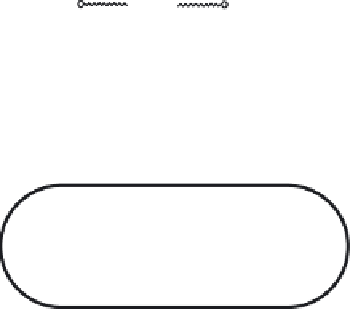

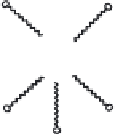





















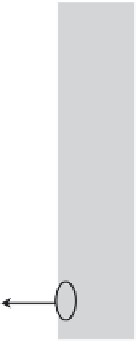















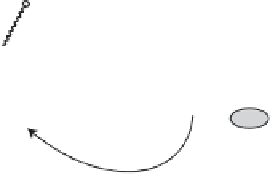

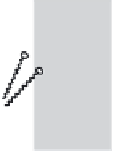
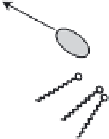









Search WWH ::

Custom Search